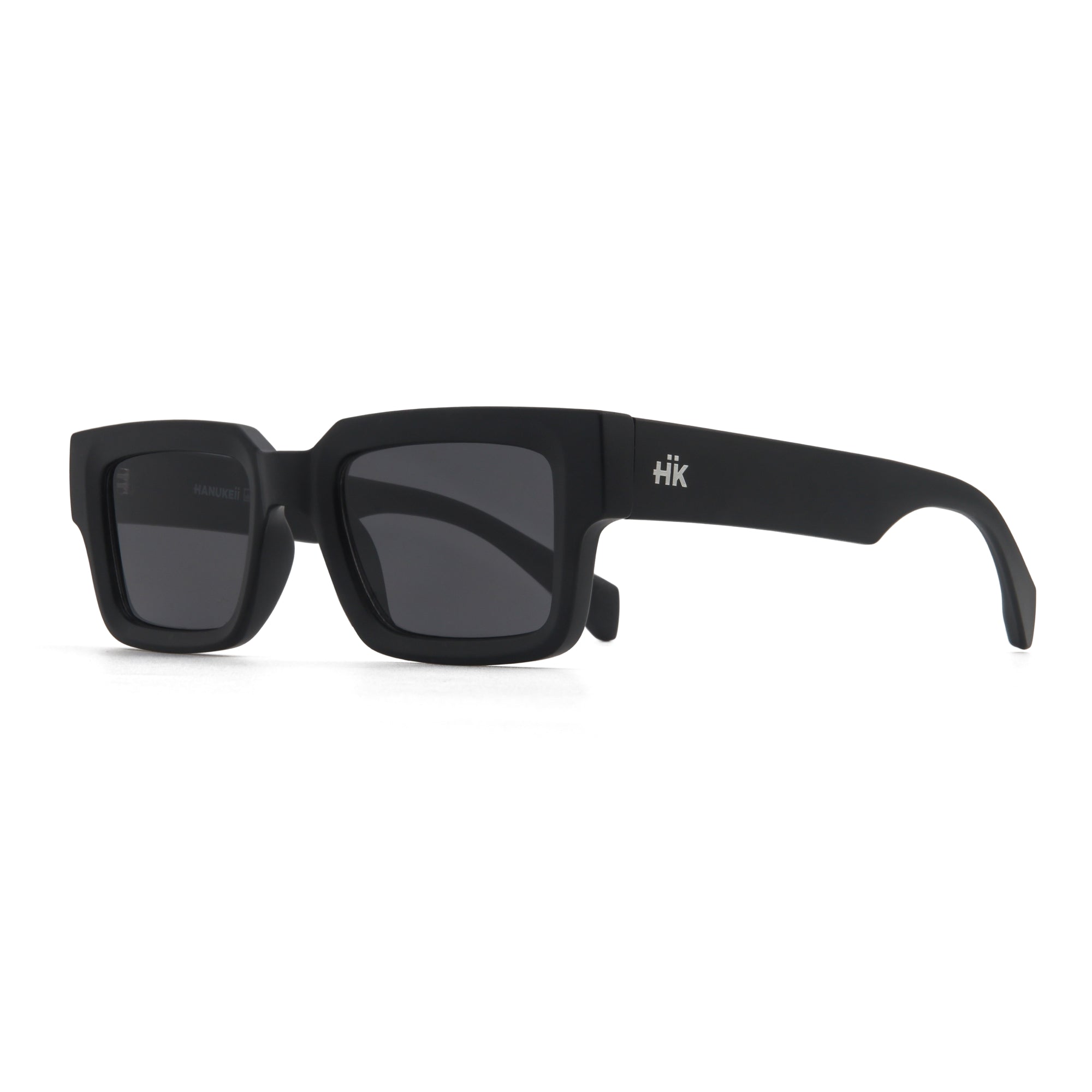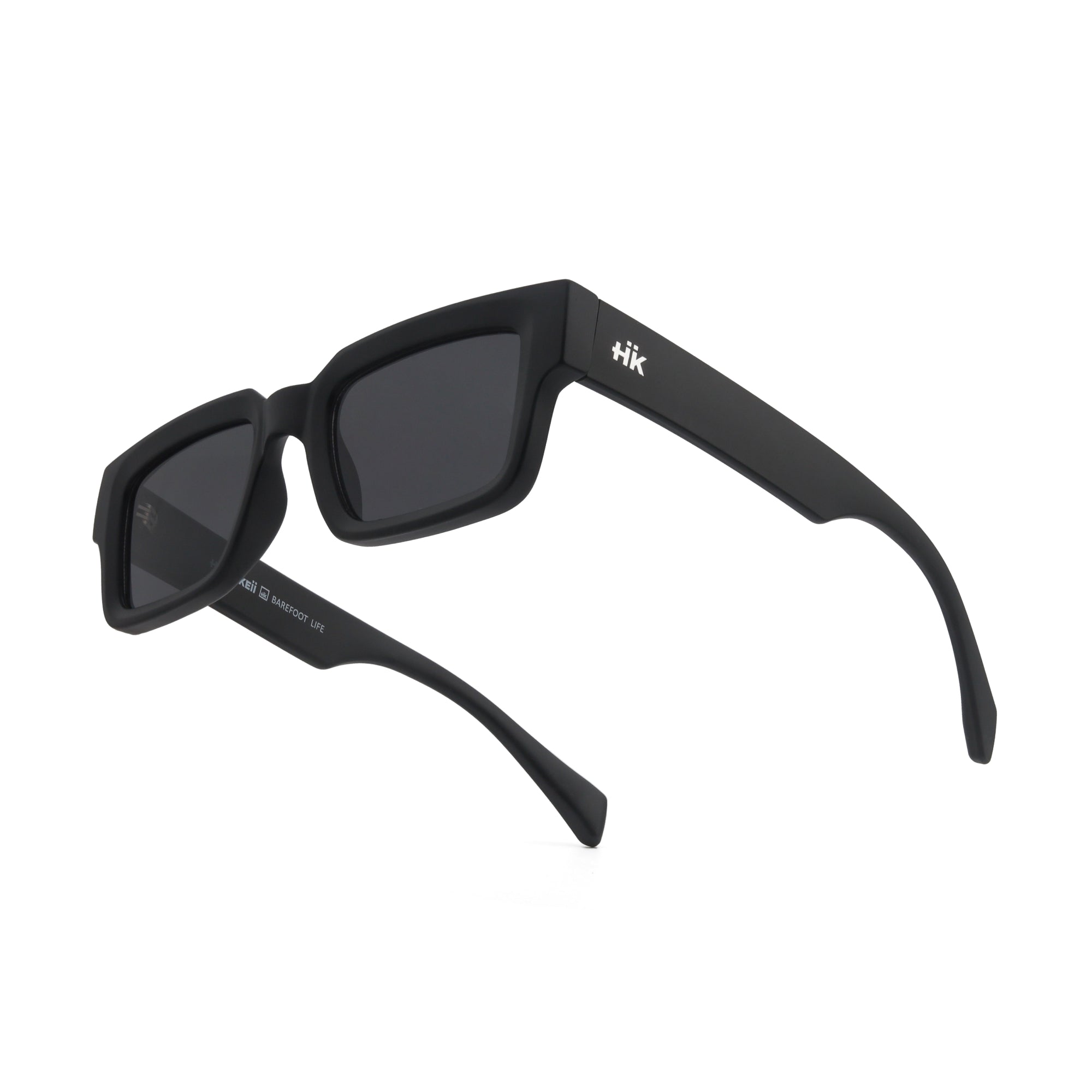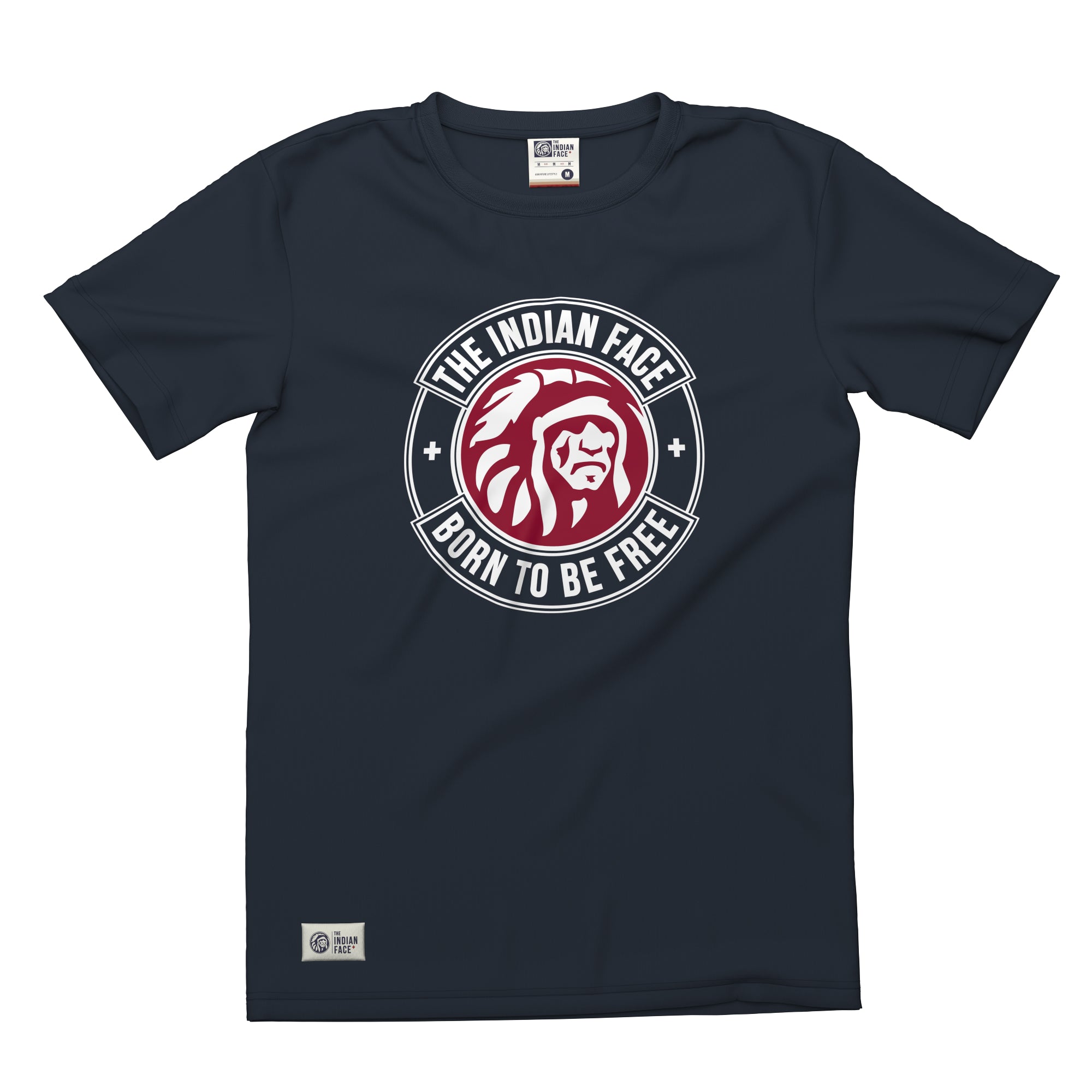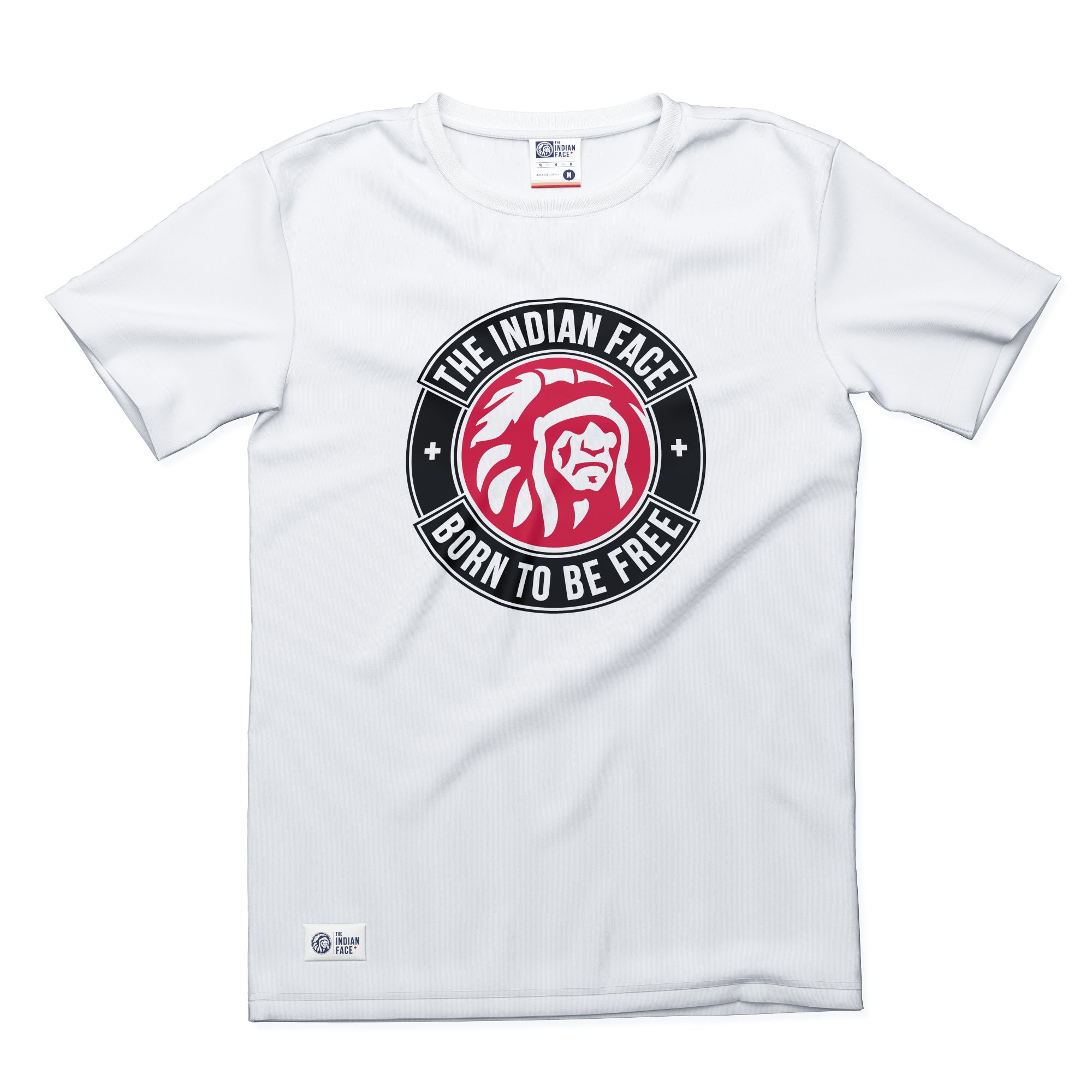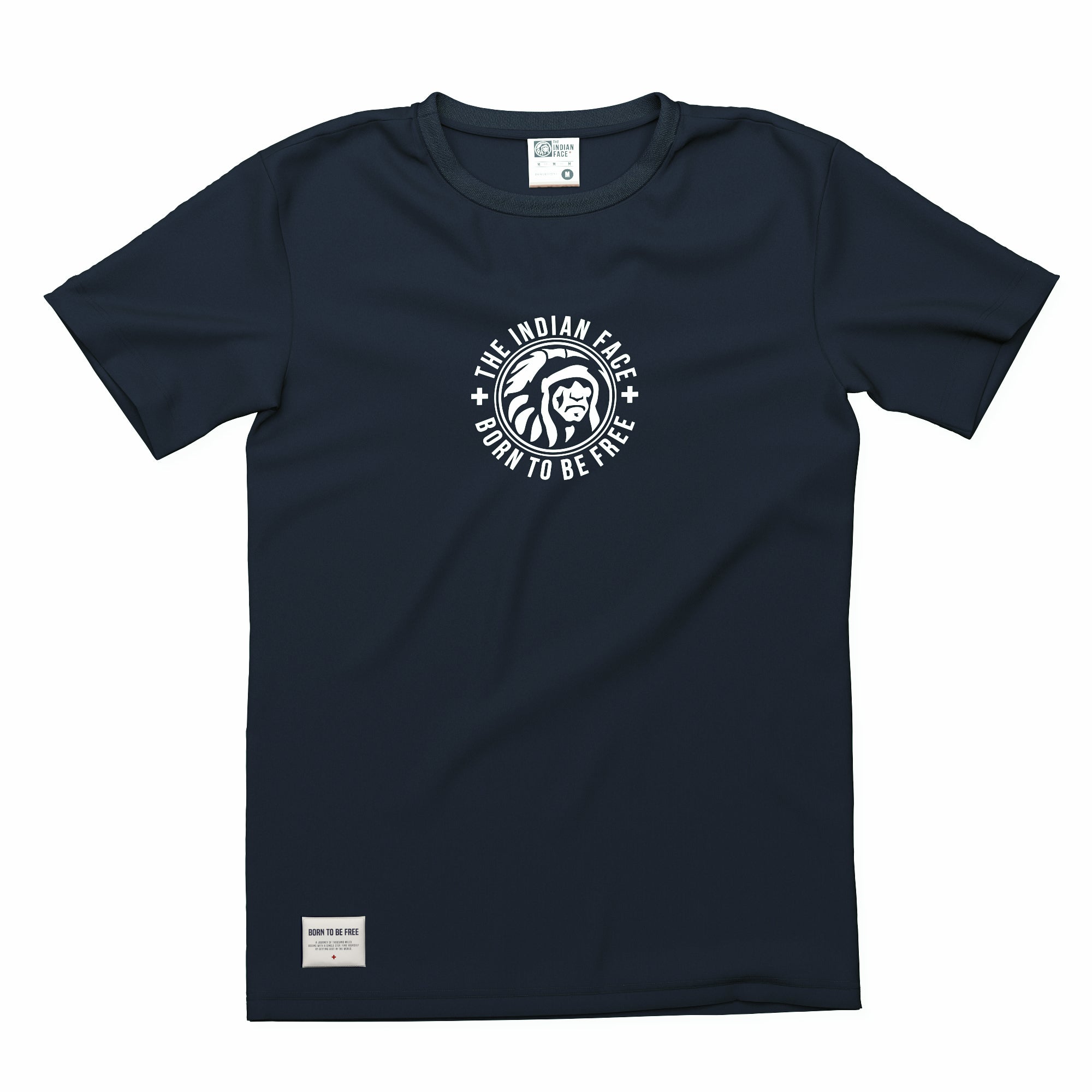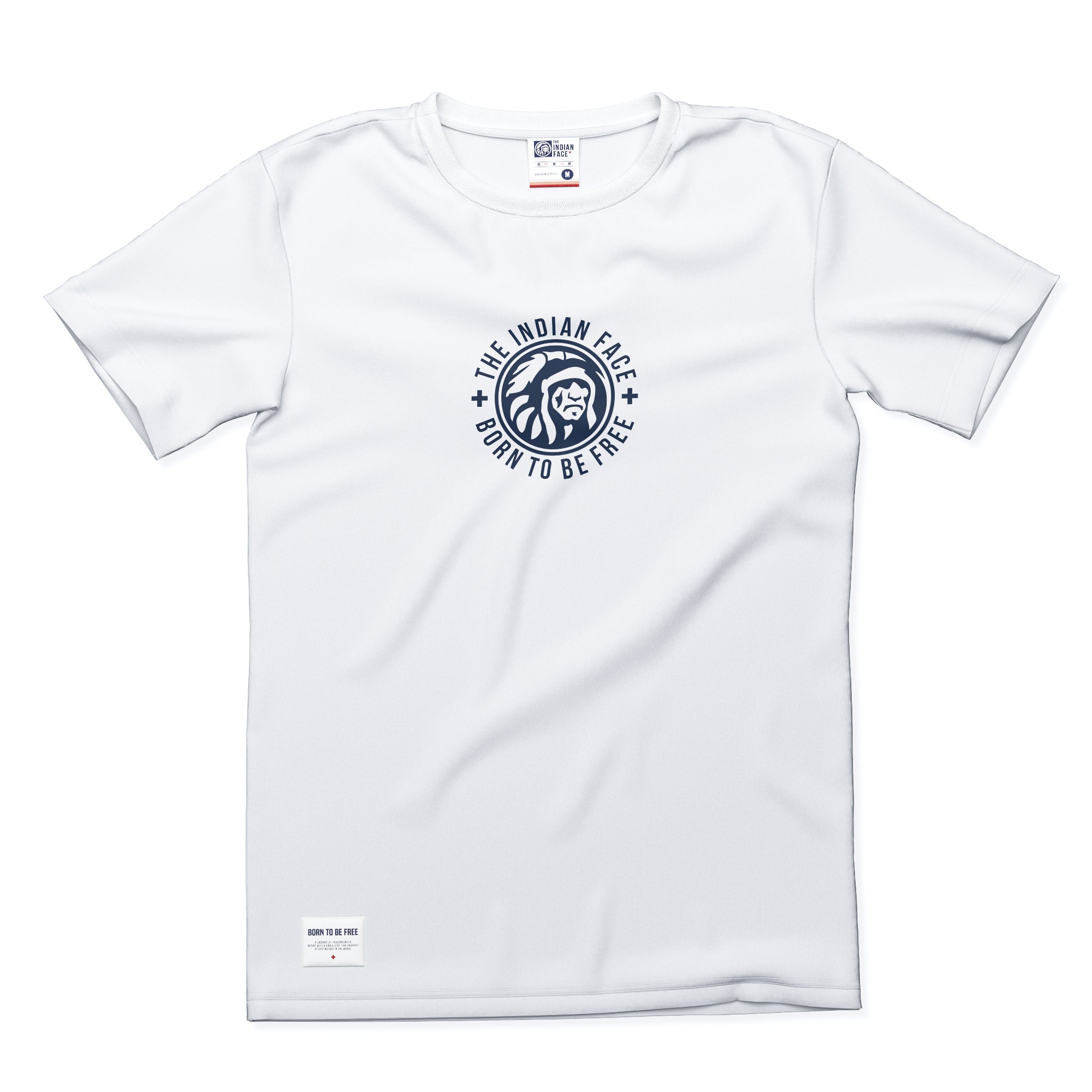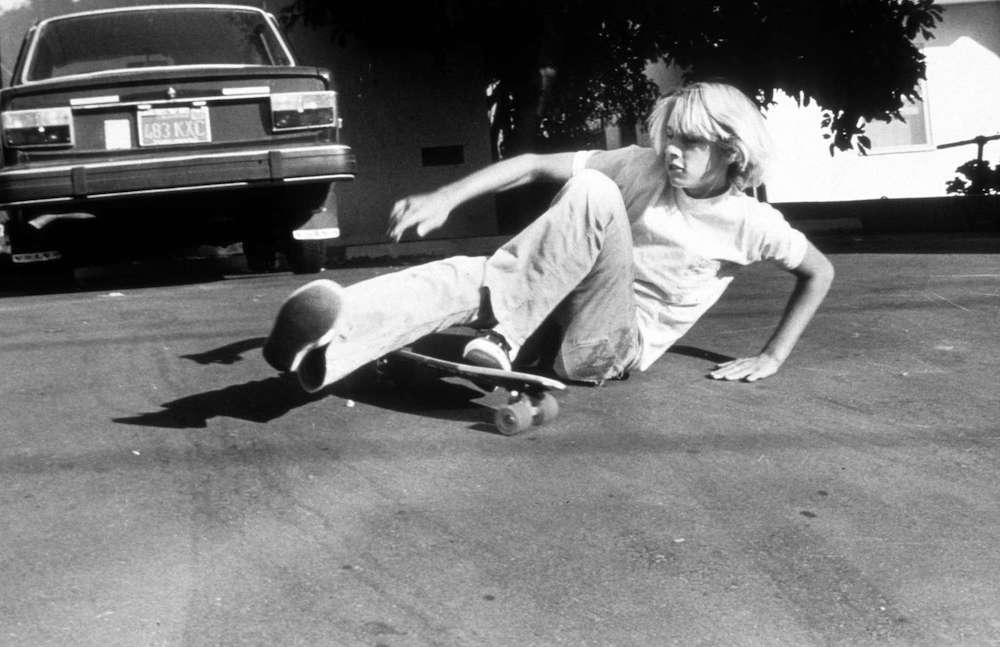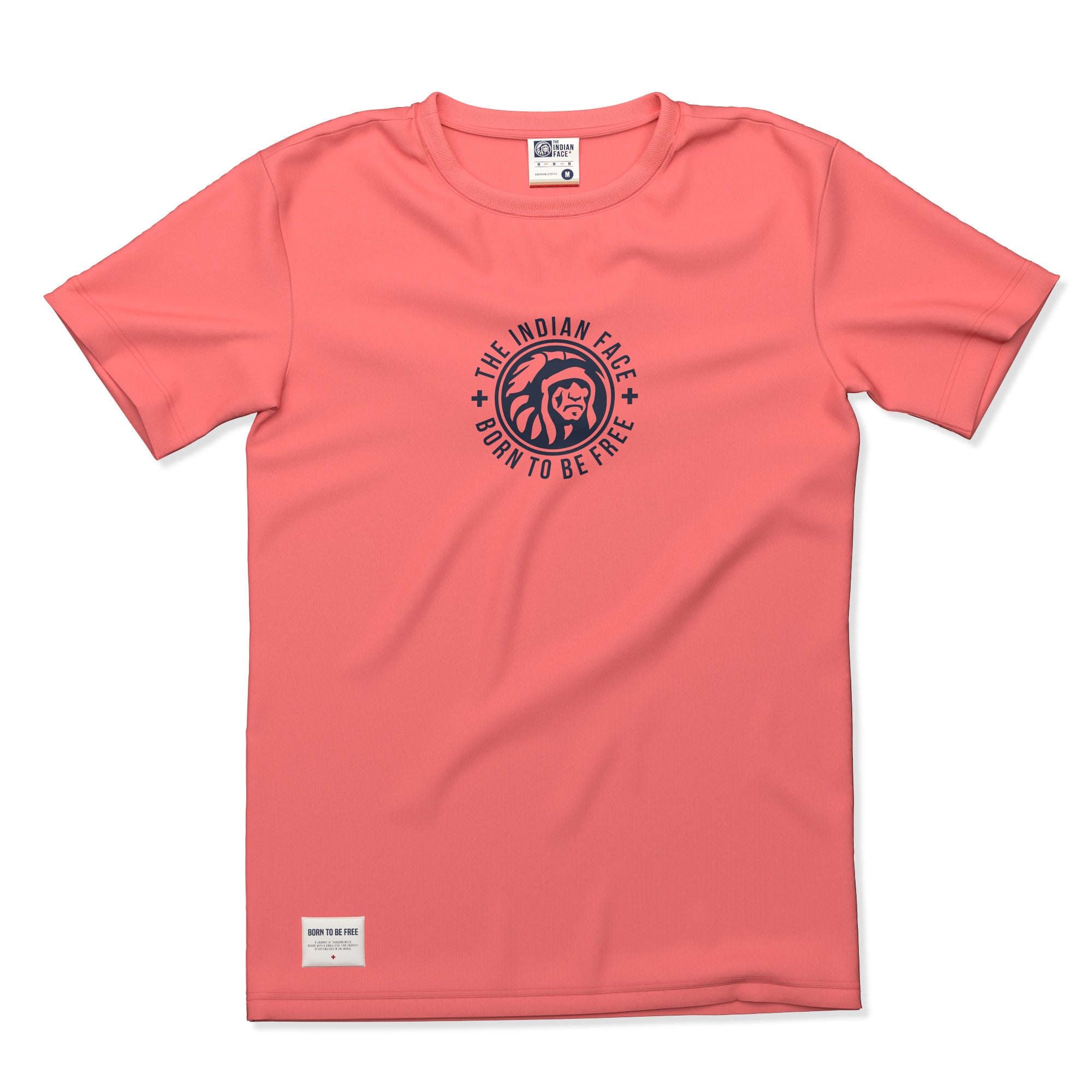Skateboarding, with its mix of physical prowess, artistic expression and rebellious spirit, has captured the imagination of people around the world, becoming much more than just a sport. Their story is a fascinating saga that dates back to the mid-20th century on the sunny shores of California. It arose from the creativity and need for expression of a group of young surfers who, when faced with days of few waves, looked for new ways to have fun and slide on the pavement. This search for adrenaline and freedom gave rise to a cultural movement that transcended the borders of sport to become a global phenomenon.
The origins: the seed of Skateboarding
The seed of skateboarding was sown in the 1940s and early 1950s in the coastal towns of California. When the waves were scarce, surfers looked for new forms of fun. Thus was born the idea of sliding on wheels on the flat surface, emulating the sensation of surfing. The first "skateboards" were rudimentary, made of wooden boards with metal skate wheels.
This ingenious concept soon attracted the attention of young people seeking thrills and adventures on dry land, and soon spread beyond the surfing community to become a phenomenon in its own right. As the popularity of skateboarding grew, manufacturers began experimenting with new materials and designs to improve the user experience.
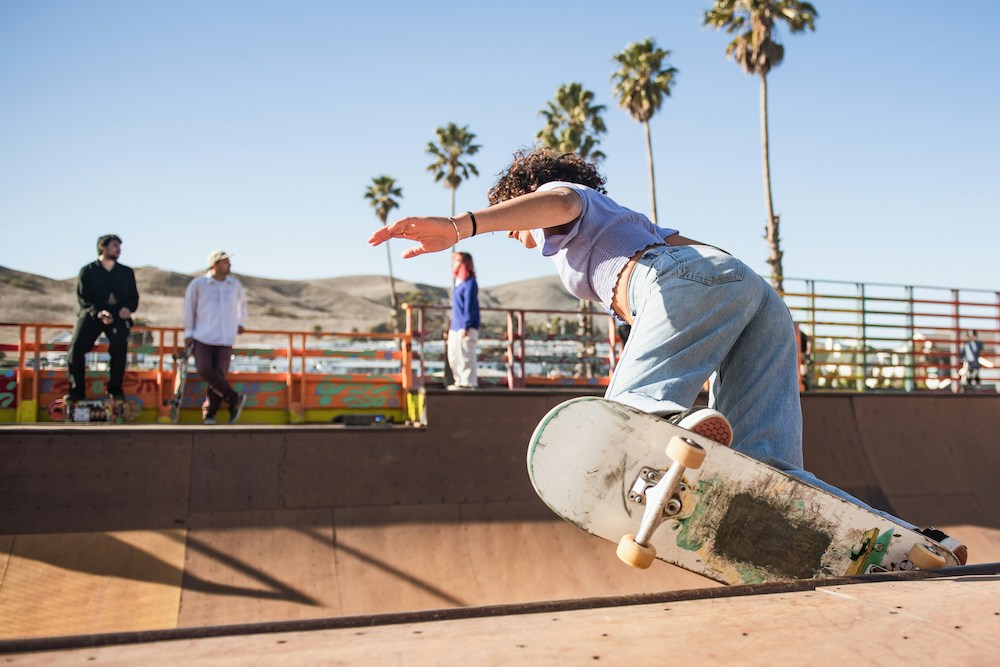
Urethane wheels were introduced that provided better traction and speed, and more aerodynamic and durable board shapes were explored. The creation of the first skateparks also marked an important milestone in the evolution of the sport, providing skaters with a safe and dedicated environment to practice and hone their skills. These skate parks became meeting points for the community, where skaters could share techniques, exchange tricks, and form lasting bonds.
In addition, the rise of skateboarding magazines and competitions helped raise the profile of the sport and legitimize it as a legitimate form of athletic expression. As skateboarding culture continued to grow and evolve, its influence spread beyond the slopes and skate parks to leave an indelible mark on fashion, music, street art and culture. youth in general.
The evolution: from the street to global culture
Skateboarding began as an informal pastime, practiced on the streets and slopes of California neighborhoods. But it was in the 1960s that skateboarding began to take shape as a unique subculture. Improvements in board design, the adoption of urethane wheels, and the emergence of the first skateparks all contributed to the growth of the sport.
In the 1970s, skateboarding experienced a renaissance thanks to the introduction of new technologies and techniques. Polyurethane wheels improved traction and speed, allowing skaters to perform more advanced tricks. New skating styles emerged and iconic skate brands were founded. This period of renewal ushered in a golden era for skateboarding, where creativity and innovation reached new heights.
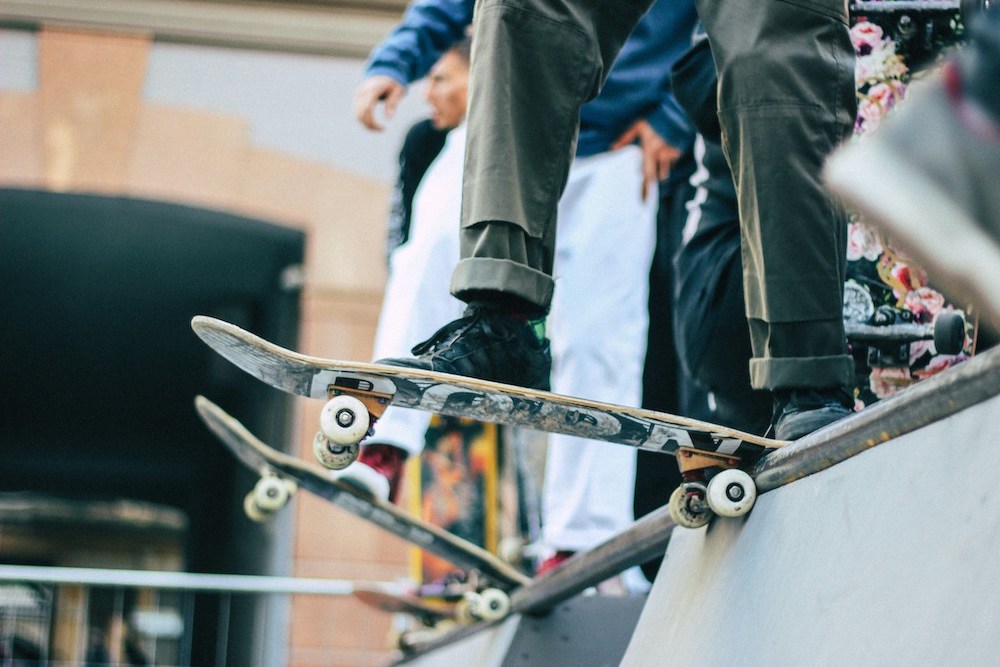
Skateboarders began exploring more challenging urban terrain, from stairs and curbs to empty pools and makeshift ramps. Additionally, the creation of professional skate teams and the holding of high-level competitions helped raise the profile of the sport and inspire a new generation of skateboarding enthusiasts around the world.
Main milestones in Skate culture
- Z-Boys: the Skateboarding revolution
In the mid-1970s, a group of young surfers from the Dogtown area of Venice Beach, known as the Z-Boys, revolutionized skateboarding with their aggressive, fluid style. His influence spread beyond California, inspiring an entire generation of skateboarders.
- Tony Hawk: the king of Skateboarding
In the 1980s and 1990s, Tony Hawk emerged as a dominant figure in the world of skateboarding. With his exceptional skill and charisma, Hawk took skateboarding to new heights, becoming a global icon of the sport.
- Skateboarding video games: global popularization
The "Tony Hawk's Pro Skater" video game series, released in 1999, played a crucial role in popularizing skateboarding in popular culture. These games not only introduced the sport to a wider audience, but also helped define the aesthetics and music associated with skateboarding.
- Film and documentaries: the narrative of Skateboarding
Films like "Lords of Dogtown" and documentaries like "Dogtown and Z-Boys" have contributed to the mythology of skateboarding, telling inspiring stories about the culture and community surrounding the sport.
- Competitions and events: Skateboarding on the world stage
Skateboarding has established itself as a professional sport with a number of prestigious competitions and events, such as the X Games and the Vans Park Series, attracting the best skaters in the world and providing a platform to showcase their talent.
Material needed to practice skateboarding
In skateboarding, the right equipment and material are essential to enjoy a safe and satisfying experience. Here is a list of the basic elements necessary to practice this sport:
- Skateboard: It is the main and essential component of skateboarding equipment. Skateboard decks are typically made from laminated maple wood, although there are composite options as well. They come in a variety of shapes and sizes, designed for different skating styles, such as street, vert, or cruising.
- Axles (trucks): These are the metal parts that are mounted at the bottom of the board and on which the wheels are mounted. The trucks allow the board to rotate and tilt, making it easier to perform tricks. They must be durable and strong to withstand the weight and pressure of the skater.
- Wheels: Skateboard wheels are made of urethane and come in different sizes and hardnesses. Larger wheels are ideal for speed and cruising, while smaller wheels are better suited for technical tricks. The hardness of wheels is measured in durometers, with the softest being for rough surfaces and the hardest for smooth terrain.
- Bearings: They are small devices that are placed inside the wheels and allow them to rotate smoothly. Quality bearings ensure smooth and efficient gliding, which is crucial for speed and maneuverability in skateboarding.
- Hardware: These are the screws and nuts used to mount the trucks to the board. It is important that the hardware is durable enough to withstand the impact and pressure during skateboarding.
 Skateboarding requires specific and quality equipment to guarantee a safe and satisfactory experience. It is important to invest in good quality boards, trucks, wheels and bearings, as well as adequate protections, to fully enjoy this exciting and challenging sport.
Skateboarding requires specific and quality equipment to guarantee a safe and satisfactory experience. It is important to invest in good quality boards, trucks, wheels and bearings, as well as adequate protections, to fully enjoy this exciting and challenging sport.
The future of Skateboarding: innovation and continuous growth
Today, skateboarding continues to evolve and expand globally. The inclusion of skateboarding in the Tokyo 2020 Olympic Games is a significant milestone that raises the profile of the sport and further validates it as a legitimate athletic discipline.
However, the future of skateboarding goes beyond Olympic competitions. There is an exciting landscape of innovation and continued growth in all aspects of sport. From board design and wheel technology to building skate parks and creating local communities, skateboarding is constantly evolving.
In addition, the influence of skateboarding extends beyond the sporting field. It has become a source of inspiration for fashion, art, music and youth culture in general. Renowned fashion brands collaborate with professional skaters to design exclusive collections, while urban artists find skateboarding a source of inspiration for their street works.
The skateboarding culture has also opened up new employment and entrepreneurship opportunities. From creating clothing and accessory brands to hosting events and competitions, skateboarding has spawned a thriving industry that continues to grow year after year.
In terms of community, skateboarding remains a vehicle for inclusivity and camaraderie. Skateparks and skate parks have become meeting points for people of different ages, genders and backgrounds, who share a common passion for the sport. This diversity and sense of belonging are critical to the growth and sustainability of skateboarding locally and globally.
As the sport continues to gain recognition and acceptance around the world, its influence will continue to grow and positively affect future generations. With its ability to inspire creativity, promote freedom of expression and unite people from different cultures and backgrounds, skateboarding will remain an ever-evolving global cultural phenomenon.
FAQS ABOUT SKATEBOARDING
What was the first skatepark?
The world's first commercial skatepark was called "Surf City" and opened in Arizona in 1965. However, the first widely recognized skatepark was "Skateboard City" in Port Orange, Florida, which opened in 1976.
What was the first documented skate trick?
The first documented skateboarding trick was the "kick-turn", which is basically spinning at the top of a ramp or the top of an empty pool. It was a fundamental movement in the evolution of skateboarding.
When were urethane wheels introduced to skateboarding?
Urethane wheels were introduced in the early 1970s. They replaced the metal or clay wheels previously used and provided better traction and speed, allowing skaters to perform more advanced tricks.
When did skateboarding become an Olympic sport?
Skateboarding became an Olympic sport for the first time at the Tokyo 2020 Olympic Games. Two disciplines were included: street and park.




